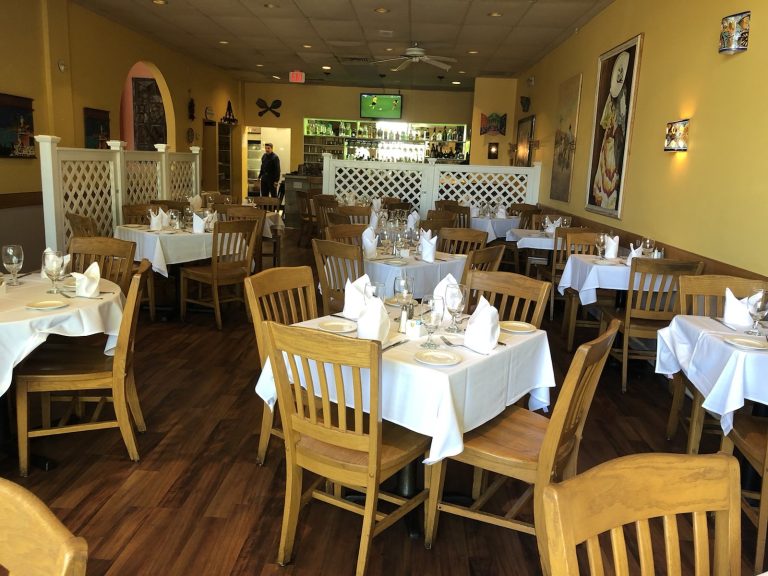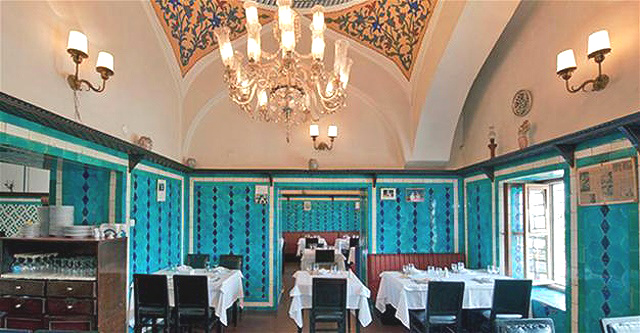Published with permission from LuxuryWeb.com
Centuries ago, people emigrated from southern Chinese provinces — especially Sichuan — into modern-day Thailand. Over the centuries, many other influences have affected the Thai culinary tradition, including dishes and methods of cooking from India and Portugal.
In the southern part of the country, Malay and Burmese culinary influences are also found. Thailand also has a sizable Buddhist community which has impacted the cuisine as well. These influences have been incorporated into Thai gastronomy to create uniquely tasty dishes. This delectable cuisine is known for its aromas and the remarkable balance of flavors, such as sweet, sour, bitter, and salty. The food of Thailand is both considerably regional and seasonal.
A delectable culinary journey
During a visit to Bangkok and Phuket a few years ago, I was very impressed by the high gastronomic standards of not only the hotels that we stayed in, but everyday restaurants, and even roadside food stands; we had a chance to stop and taste the offerings of many street vendors. And while we’re on the topic of Thai cuisine, something I found fascinating and an integral part of the culture was the country’s floating markets.
Known as an essential part of Thai life, these markets offer a very tasty insight to the local cooking expertise and cultural norms — also, where else can you buy lunch from a boat while floating on a canal or river?

Success
You are now signed up for our newsletter
Success
Check your email to complete sign up
Khlong Lat Mayom is the floating market that I was first exposed to in Bangkok, where tourists are a distinct minority. It is a medium-sized market located very close to the city. It’s so local that you will probably be one of very few foreigners. The market is famous for both its fresh and cooked food, but what really makes it stand out is its rich variety of dishes, such as beggar’s purses, som tam, pork satay and barbecued pork ribs, plus charcoal grilled cuttlefish, and grilled or fried shrimp.

Most of the larger cities have Chinatowns and dim-sum where you can find lovely bite sized steamed buns and dumplings (baozi) served for tea lunch. Even in the countryside, there were roadside stands offering dim-sum to hungry travelers for very little money. After we departed Bangkok, our lunch-time mantra became “dim-sum in 30 minutes.”

Aromatics are key in Thai cuisine
Traditional Thai cooking is perfumed and dominated by lemongrass, kaffir lime leaves and its juice, spring onion (scallions), garlic, bird’s eye chili, fish sauce, tamarind sauce, coriander, cardamom and galangal, known as a member of the ginger family.
The average protein used in most everyday cooking is: chicken, seafood, duck, pork (in the non-Muslim areas), eggs and small amounts of lamb; noodles and tofu are also present in many Chinese-inspired dishes. Beef is minimally used because of Thailand’s large Buddhist influence.

Jasmine rice is served with most of the dishes and is flavored by the dinners with sauces from the dishes, a number of which are curries — there are 6 curry paste varieties in Thai cooking: red, yellow, green, sour, massamun and phanang. Coconut milk and coconut cream are used in large quantities as the soups and curries that comprise many of the classic dishes use coconut milk and/or cream as the base.

For a foodie like myself, a visit to Thailand is a must. Avoid April to mid-May when heat and humidity are at their peak. It is said that Bangkok has three seasons, hot, hotter and hottest — though the Songkran (New Year’s) celebrations that usually happen in April (known as the hottest and most humid month) can offer a very interesting experience as well.
The best time to visit is November till early-March, when the heat subsides and the humidity drops.
Visit LuxuryWeb.com to see the original article, and more.















